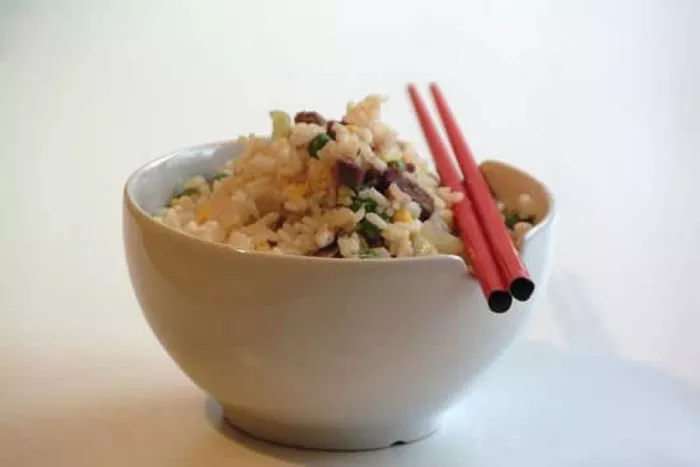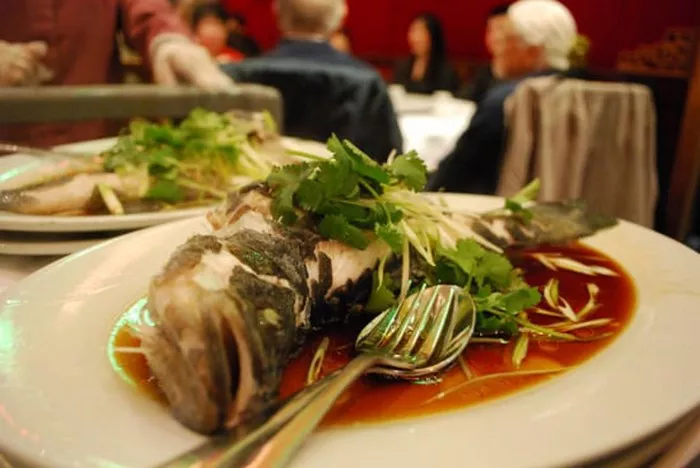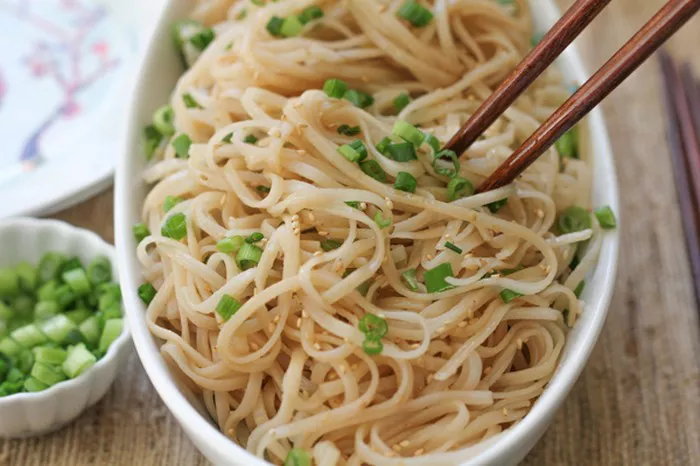Cantonese porridge, also known as “jook” or “congee,” is a beloved Chinese comfort food that has been savored for generations. This warm and soothing dish is perfect for any time of the day and can be customized with various ingredients to suit your taste. In this step-by-step guide, we will walk you through the process of cooking delicious Cantonese porridge right in your own kitchen.
Ingredients You’ll Need:
To make a basic Cantonese porridge, you’ll need the following ingredients:
1. Rice: Use high-quality jasmine or long-grain rice for the best results. You’ll need about 1 cup of rice.
2. Water: You’ll require 6-8 cups of water, depending on how thick you want your porridge to be.
3. Salt: A pinch of salt to taste.
Optional Ingredients for Toppings:
Feel free to customize your porridge with a variety of toppings. Some popular choices include:
Sliced green onions: For a fresh, oniony flavor.
Sliced ginger: Adds a mild, aromatic kick.
Soy sauce: For a savory touch.
Sesame oil: To enhance the aroma and flavor.
Sliced mushrooms: For added texture and earthiness.
Protein: You can add cooked chicken, pork, or seafood for a heartier porridge.
Instructions:
1. Rinse the Rice:
Start by rinsing the rice under cold water until the water runs clear. This removes excess starch and ensures a smoother porridge.
2. Boil the Water:
In a large pot, bring the 6-8 cups of water to a boil over medium-high heat.
3. Add the Rice:
Once the water is boiling, add the rinsed rice to the pot. Stir it gently to prevent sticking.
4. Simmer and Stir:
Reduce the heat to low and let the rice simmer uncovered. Stir occasionally to prevent the rice from sticking to the bottom of the pot.
5. Customize Your Porridge:
This is where you can get creative. If you’re adding toppings, such as sliced ginger or mushrooms, now is the time to include them. They’ll infuse your porridge with their flavors as it cooks.
6. Cook Until Desired Consistency:
Continue simmering and stirring the porridge for about 45 minutes to an hour. The longer you cook it, the creamier it will become. If you prefer a thinner porridge, you can add more water at this stage.
7. Season to Taste:
Once your porridge reaches the desired consistency, season it with a pinch of salt. Be mindful not to over-salt, as you can always add more later.
8. Serve Hot:
Your Cantonese porridge is now ready to be served. Ladle it into bowls and garnish with your preferred toppings, such as sliced green onions, soy sauce, or a drizzle of sesame oil.
9. Enjoy!
Cantonese porridge is best enjoyed hot, especially on chilly days or when you’re feeling under the weather. It’s not only delicious but also comforting and easy on the stomach.
Tips and Tricks:
You can use a rice cooker to make Cantonese porridge for added convenience.
Experiment with different toppings to create your own unique porridge flavors.
Leftover porridge can be refrigerated and reheated for future meals.
In conclusion, Cantonese porridge is a simple yet flavorful dish that brings comfort and warmth to the table. With just a few basic ingredients and a little patience, you can master the art of cooking this traditional Chinese porridge in the comfort of your home. So, gather your ingredients, follow these steps, and savor the deliciousness of homemade Cantonese porridge.
FAQs about cooking Cantonese porridge:
1. What is Cantonese porridge, and how does it differ from regular rice porridge?
Cantonese porridge, also known as “jook” or “congee,” is a type of rice porridge that originates from the Cantonese region of China. It differs from regular rice porridge in its consistency, which is typically smoother and creamier due to longer cooking times. Cantonese porridge is often enjoyed as a comfort food and can be customized with various toppings and seasonings.
2. Can I use any type of rice to make Cantonese porridge?
While you can use different types of rice to make Cantonese porridge, it’s recommended to use high-quality jasmine or long-grain rice for the best results. These rice varieties tend to yield a smoother and creamier texture.
3. Are there vegetarian or vegan options for Cantonese porridge?
Absolutely! Cantonese porridge can be made vegetarian or vegan by using vegetable broth or water instead of meat-based broths. You can also add a variety of plant-based toppings, such as tofu, mushrooms, and vegetables, to enhance the flavor.
4. How do I prevent the rice from sticking to the bottom of the pot when making Cantonese porridge?
To prevent the rice from sticking, make sure to stir it occasionally while it simmers. Using a non-stick pot or adding a small amount of oil to the water can also help prevent sticking.
5. What are some popular toppings for Cantonese porridge?
Popular toppings for Cantonese porridge include sliced green onions, sliced ginger, soy sauce, sesame oil, and various proteins like chicken, pork, or seafood. You can customize your porridge with your favorite ingredients to suit your taste.
6. Can I make a sweet version of Cantonese porridge?
Yes, you can make sweet Cantonese porridge by adding sugar and ingredients like red bean paste, sweet potato, or coconut milk. Sweet Cantonese porridge is often served as a dessert.
7. How long can I store leftover Cantonese porridge, and how should I reheat it?
Leftover Cantonese porridge can be stored in the refrigerator for up to 2-3 days. To reheat it, simply add a bit of water or broth to the porridge to reach your desired consistency and heat it on the stove or in the microwave.
8. Is Cantonese porridge a traditional breakfast dish?
Cantonese porridge is not limited to breakfast; it is enjoyed at various times of the day in Cantonese cuisine. It is particularly popular as a comforting meal when someone is feeling unwell or during cold weather.
9. What is the significance of Cantonese porridge in Chinese culture?
Cantonese porridge has a long history in Chinese culture and is often associated with nurturing and comfort. It’s a go-to dish for nourishing the body, especially when one is under the weather or in need of a warm, soothing meal.
10. Are there regional variations of Cantonese porridge in China?
Yes, there are regional variations of Cantonese porridge throughout China. Different regions may have their own unique ingredients, seasonings, and cooking techniques that make their porridge distinct.

























